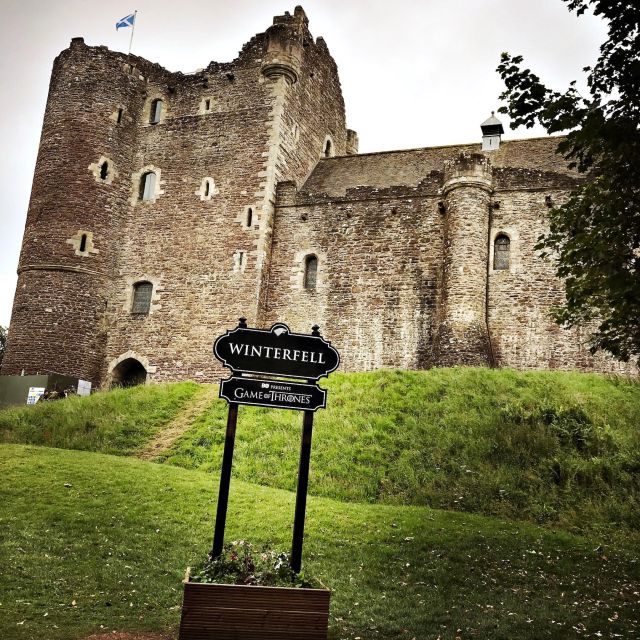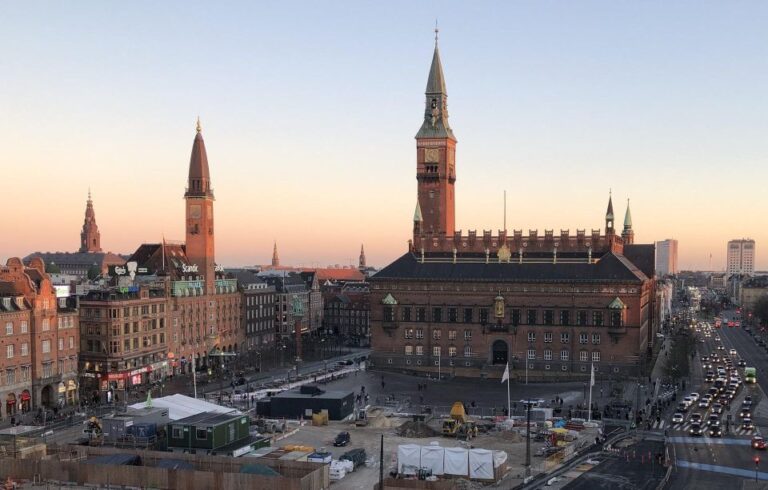Lisbon, the enchanting capital of Portugal, beckons with its rich tapestry of history and vibrant culture. Set out on a guided walking tour through the city’s winding cobblestone streets, where every corner whispers tales of ancient Phoenician roots, Roman grandeur, and Moorish elegance. Witness the lasting impact of the devastating 1755 earthquake as you explore iconic landmarks like the São Vicente Monastery and Praça do Comércio. Along the way, indulge in the city’s beloved culinary delights – from the flaky pasteis de nata to the bittersweet ginginha. As you uncover Lisbon’s captivating heritage, prepare to be swept away by the city’s irresistible charm.
Key Points
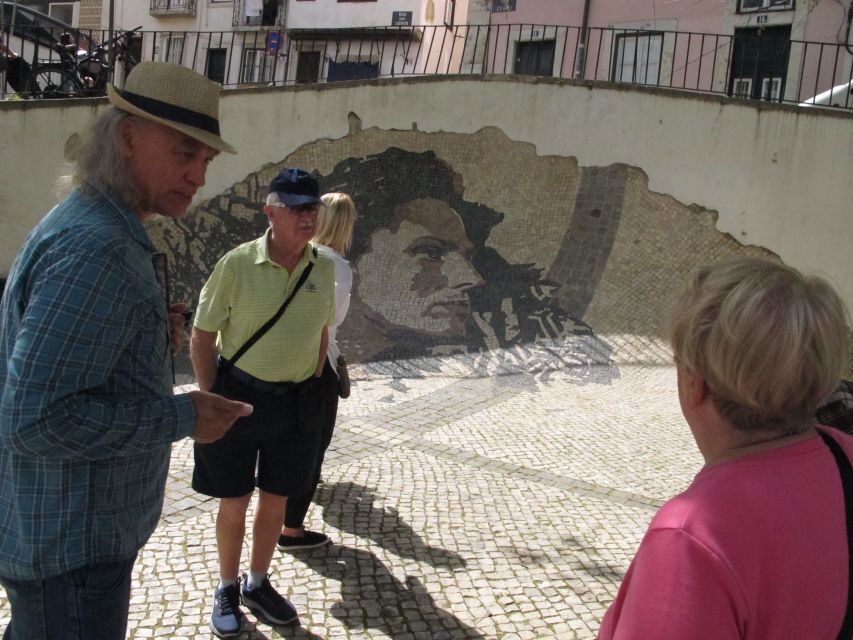
- Explore Lisbon’s diverse cultural heritage, from Phoenician origins to Roman, Moorish, and Visigothic influences, showcased in its architecture and historical landmarks.
- Discover the impact of the 1755 earthquake on Lisbon’s architectural landscape, including the earthquake-resistant buildings in the Baixa district.
- Venture through the Castle area and Lisbon Cathedral to uncover the city’s layered history, tracing the footsteps of Celts, Romans, and Moors.
- Experience Lisbon’s vibrant cultural expressions, from the intricate Manueline designs of São Vicente Monastery to the colorful street art and the tribute to the Fado musical tradition.
- Savor local culinary delights, such as the iconic pastel de nata and ginginha liqueur, as part of the immersive historical walking tour.
Explore Lisbon’s 3000-Year History
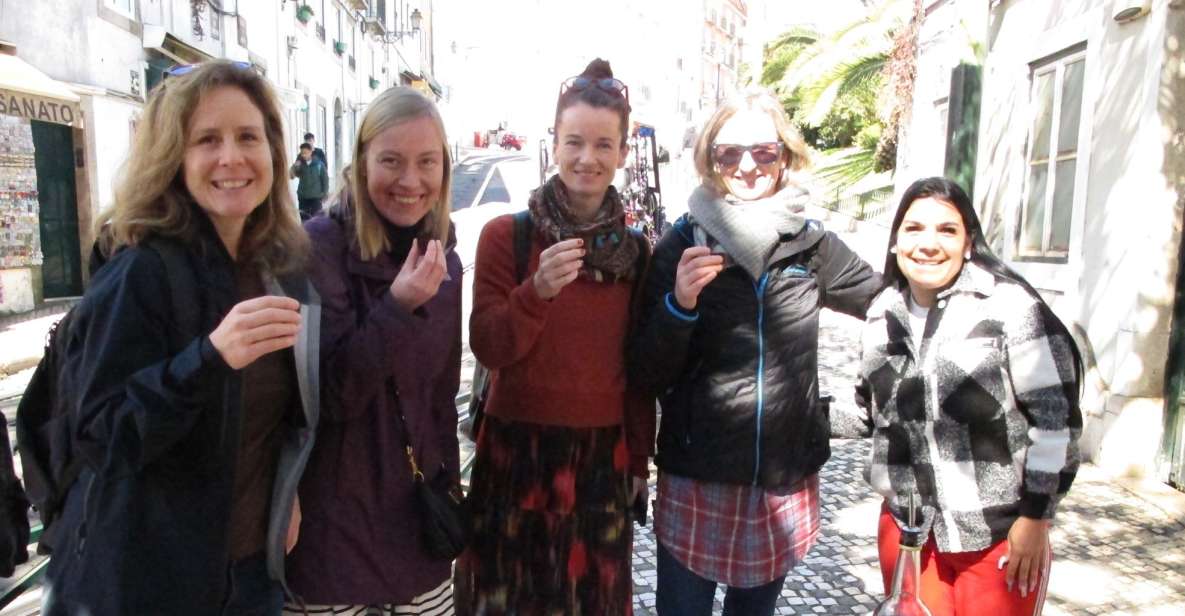
Lisbon’s rich tapestry of history unfolds before visitors, tracing its evolution from a Phoenician trading post to a bustling metropolitan hub over the course of three millennia.
Beneath the city’s modern facade lie remnants of Roman ruins and the weathered Moorish walls that once fortified the capital. The devastating 1755 earthquake left an indelible mark, with the Baixa district now showcasing earthquake-resistant architecture.
Strolling through the Castle area, explorers can uncover medieval walls, a Roman theatre, and the grand Cathedral – each structure a testament to Lisbon’s diverse inhabitants over the centuries, from Celts and Romans to Visigoths and Arabs.
This captivating journey through time offers a multisensory experience, blending historical insights with the city’s vibrant culinary delights.
Witness the 1755 Earthquake’s Impact
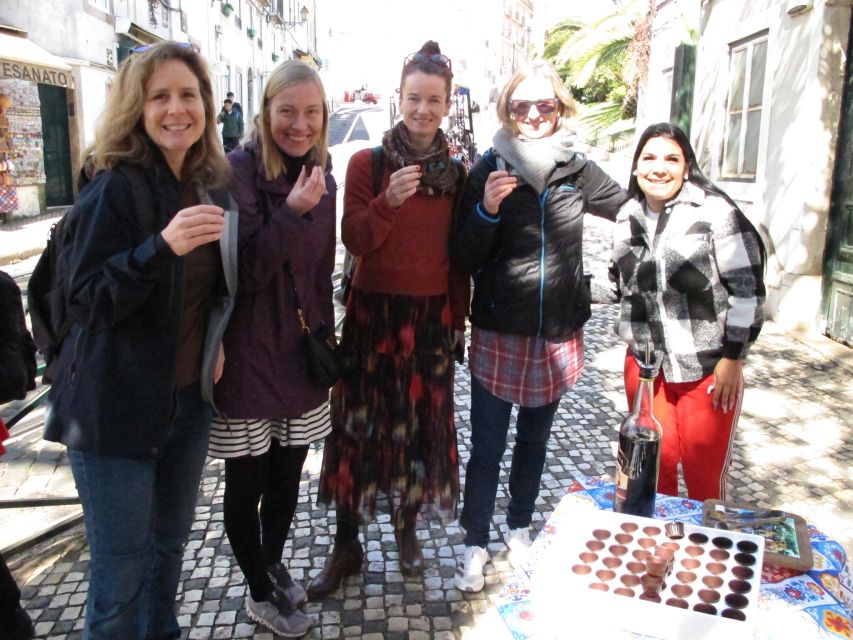
The 1755 Lisbon earthquake left an indelible mark on the city, with its devastating impact still visible in the Baixa district‘s earthquake-resistant buildings.
Visitors can explore the buried street and marvel at the architectural innovations born out of this pivotal moment in Lisbon’s history, a testament to the city’s resilience.
Amidst the rubble, the city rose from the ashes, embracing new building techniques and designs that prioritized safety.
Walk through the Baixa, and you’ll witness the ingenuity of Lisbon’s inhabitants, who refused to let the disaster define them.
Soak in the vibrant street art and savor a local delicacy, such as a creamy pastel de nata, as you uncover the city’s fascinating past.
Discover the Castle Area and Cathedral

Ascending the medieval walls surrounding the Castle area, visitors enjoy sweeping vistas of Lisbon’s iconic terracotta rooftops and the shimmering Tagus River below.
Exploring this ancient fortification, they discover the remnants of a Roman theatre and the impressive Lisbon Cathedral, whose Gothic façade and intricate stone carvings reflect the city’s diverse cultural heritage.
From this historic hilltop, the guide recounts tales of the Celts, Romans, Visigoths, and Moors who’ve all left their mark on this captivating destination.
As the tour winds through the Castle’s winding cobblestone streets, the group pauses to savor a delectable pastel de nata, seeing Lisbon’s rich history and vibrant culinary delights.
Inhabitants: Celts, Romans, and Arabs
Tracing the diverse cultural tapestry of Lisbon, visitors explore the city’s storied past, uncovering the indelible marks left by waves of inhabitants – the Celts, Romans, and Arabs – who each contributed their unique architectural, culinary, and artistic legacies.
The Celts, the earliest known settlers, left behind captivating stone monuments like the Castle of São Jorge.
The Romans followed, constructing an impressive theatre and aqueducts that still stand today.
The influence of the Moors, who ruled Lisbon for centuries, is evident in the intricate tilework, domed roofs, and winding alleyways of the historic Alfama district.
Through these layers of history, travelers gain a deeper appreciation for the rich diversity that defines Lisbon’s enduring cultural identity.
Visit the São Vicente Monastery
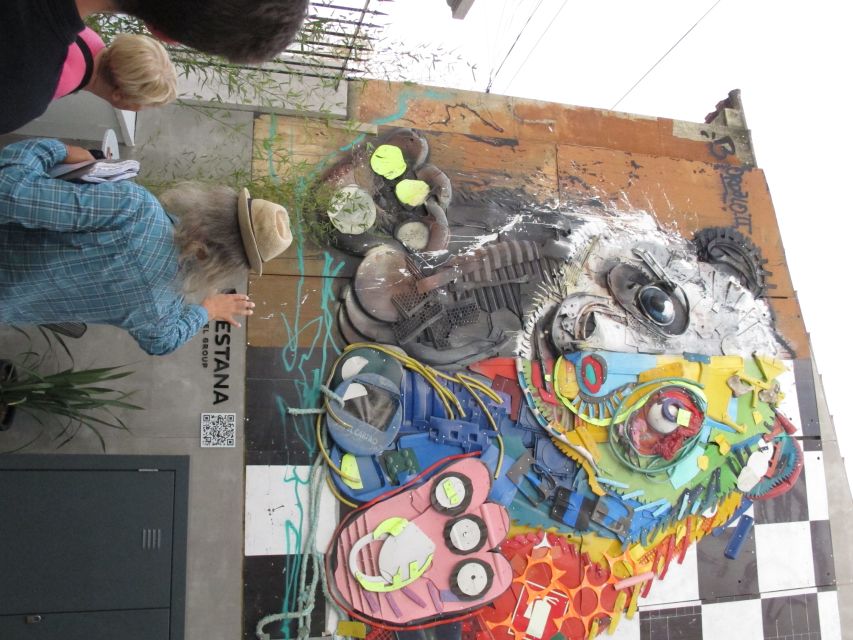
Nestled within the vibrant tapestry of Lisbon’s storied landmarks, the São Vicente Monastery stands as a revered testament to the city’s rich religious heritage. Its grand façade, adorned with intricate Manueline architectural flourishes, beckons visitors to uncover the captivating histories that echo through its hallowed halls.
As you step inside, the palpable sense of reverence and devotion envelops you, transporting you back in time. Your guide regales you with tales of the monastery’s illustrious past, from its role as the burial site for Portuguese royalty to its significance as a spiritual haven.
Prepare to be awed by the ornate interiors, where every detail, from the gilded altarpieces to the stained-glass windows, captivates the senses.
Vibrant Street Art and Fado Tribute
As you wander the charming streets of Lisbon, the city’s vibrant street art springs to life, captivating the senses. Colorful murals and whimsical graffiti adorn the walls, each a vivid tribute to the city’s rich cultural tapestry.
Amidst the pulsing energy, a striking portrait of Fado singer Amalia Rodrigues commands attention, a poignant homage to the soulful musical tradition that has become synonymous with this captivating capital.
The guide shares captivating stories about the murals, their artists, and the deep significance they hold for the local community. From political statements to heartfelt expressions, Lisbon’s street art offers a vibrant, ever-evolving canvas that reflects the soul and spirit of this dynamic city.
Praça Do Comércio’s Historical Significance

At the conclusion of the tour, the group arrives at Praça do Comércio, a storied square that once served as the site of the Royal Palace and has long been a hub of commercial and social activity in Lisbon.
The guide explains how this grand 18th-century plaza, lined with imposing neoclassical buildings, was built to replace the former palace that was destroyed in the 1755 earthquake.
Visitors are captivated by the impressive statue of King José I, which stands at the center of the square, and the guide shares tales of the square’s rich history, from its role as a bustling marketplace to its modern identity as a beloved gathering place for locals and travelers alike.
Inclusions: Pastel De Nata and Ginginha
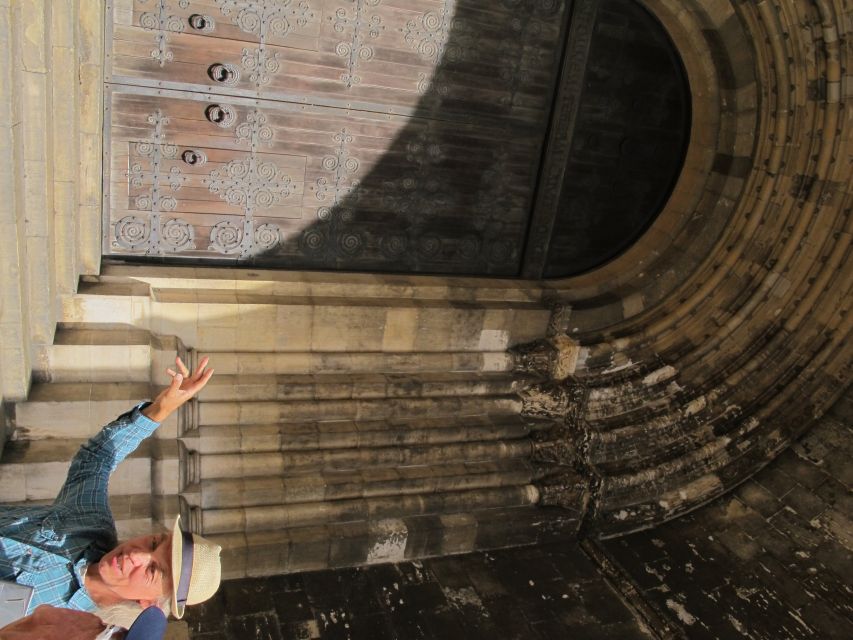
The Pastel de nata, a flaky, golden-crusted Portuguese custard tart, and the Ginginha, a rich, cherry-infused liqueur, are included in the price of the walking tour, offering guests a delightful taste of Lisbon’s renowned culinary delights. These indulgences provide a welcome break and a chance to savor the flavors that have captivated locals and visitors alike.
| Pastel de Nata | Ginginha |
|---|---|
| Buttery, crisp pastry | Sweet, cherry essence |
| Silky, eggy custard | Smooth, potent liqueur |
| Quintessential Portuguese treat | Iconic Lisbon beverage |
Sampling these specialties enhances the walking tour experience, allowing participants to appreciate Lisbon’s vibrant culinary culture alongside its rich history and architecture.
Frequently Asked Questions
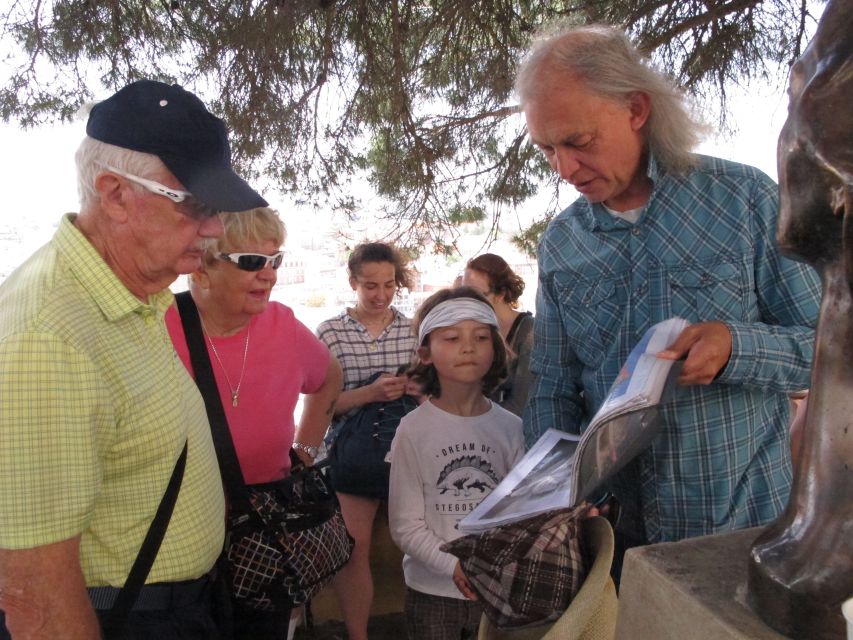
What Is the Accessibility of the Tour for People With Disabilities?
This tour isn’t suitable for those with limited mobility or wheelchair users. The paths and terrain may pose challenges, so it’s best to explore Lisbon’s wonders another way that caters to individual needs and abilities.
Can the Tour Be Customized for Individual Needs?
The tour can be tailored to individual needs if requested. Guides are happy to modify pace, focus, and inclusions to ensure guests of all abilities have a rewarding and accessible experience exploring Lisbon’s vibrant history and culture.
Are There Any Discounts or Promotions Available for the Tour?
While no special discounts are mentioned, the tour does offer great value with an included pastel de nata or ginginha, giving guests a tasty local treat to savor as they explore Lisbon’s rich history and vibrant culture.
What Is the Maximum Group Size for the Tour?
The tour has a small group size, limited to just 8 participants. This intimate setting allows visitors to delve deeply into Lisbon’s captivating history and culture, savoring every last bite of the included Pastel de nata.
Can the Tour Be Booked in Other Languages Besides English and French?
While the guided walking tour primarily offers English and French language options, travelers may inquire about other language availability. The knowledgeable guides aim to accommodate diverse language needs and enhance culture for all participants.
Recap
Lisbon’s captivating history unfolds through a guided walking tour, revealing the city’s vibrant layers.
From ancient Phoenician roots to the architectural remnants of Romans and Moors, every step uncovers a fascinating tale.
Savor local delicacies like pastel de nata and ginginha, enjoying the city’s rich cultural heritage.
This enchanting experience leaves a lasting impression, inspiring a deep appreciation for Lisbon’s remarkable past and present.


